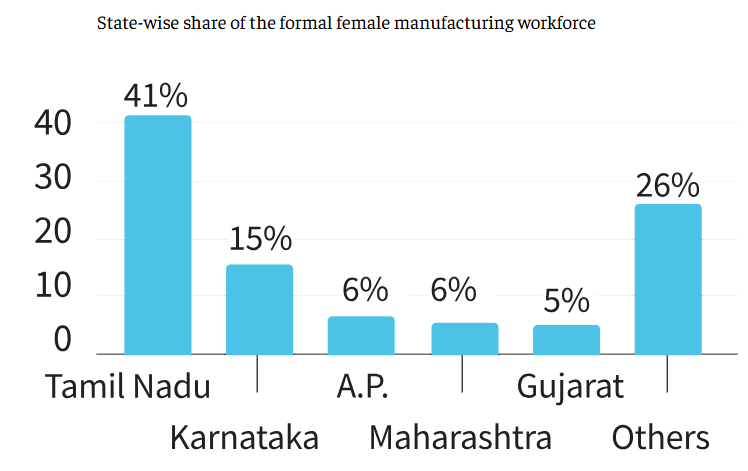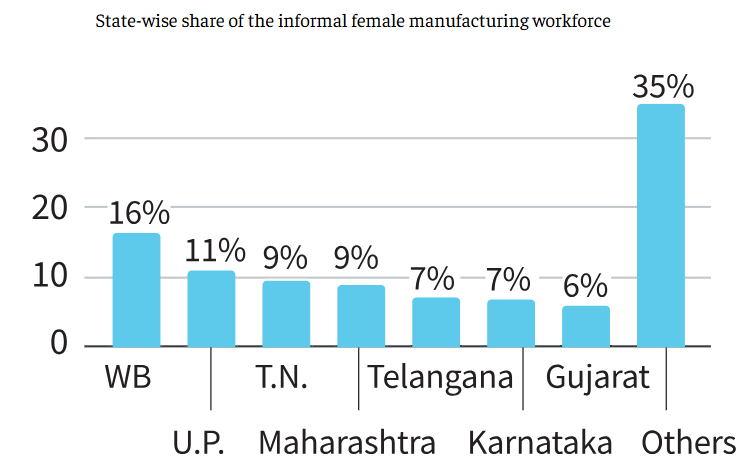7667766266
enquiry@shankarias.in
Mains Syllabus: GS I- Role of women and women’s organization, associated issues, developmental issues, Social empowerment, Salient features of Indian Society;
GS II - Issues relating to development and management of Social Sector/Services relating to Health, Education, Human Resources.
The share of women in India’s formal manufacturing sector fell recently.



The Hindu | Why are women missing from the factory floors in India?